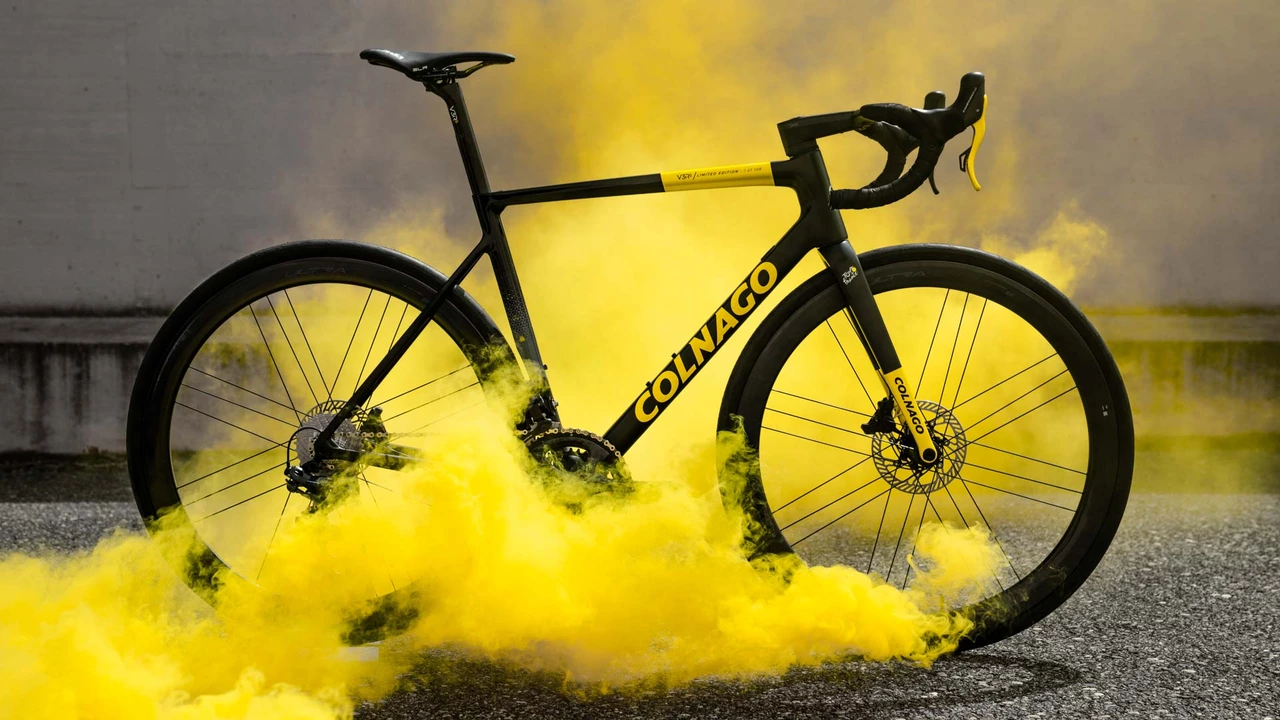Ultimate Cycling Comparison Guide
Looking for a quick way to decide which bike or piece of gear suits you best? You’re in the right spot. This page pulls together the most useful comparisons from Veloism, so you can see the pros, cons and key differences without scrolling through endless articles.
Bike Types – Which One Fits Your Ride?
Road, mountain, gravel, hybrid – the choices can feel endless. A road bike gives you speed on smooth pavement, but its narrow tires give little grip on loose surfaces. A mountain bike (MTB) handles rough trails with wide knobby tires and suspension, yet it’s heavier on the road. Gravel bikes sit in the middle: they’re built for both paved roads and light off‑road adventures, offering a comfortable geometry and wider tires than a pure road bike.
When you compare, ask yourself three things: terrain you ride most, distance you cover, and how much comfort matters on long days. If you spend 80% of your time on paved routes and love climbing, a road bike wins. If you love exploring forest paths on weekends, go MTB. If you want a do‑it‑all machine, gravel is your sweet spot.
Gear Showdown – Components, Clothing, and Tech
Choosing between component groups (Shimano vs SRAM), helmets, or bike shorts can be confusing. Shimano’s 105 series gives reliable shifting for most riders at a friendly price, while SRAM’s Force line offers a more ergonomic feel and a lighter rear derailleur. In head-to-head tests, Shimano kept its gears humming under long climbs, whereas SRAM shone on rapid sprints because of its 1:1 actuation ratio.
Clothing matters just as much. Bike shorts with a proper chamois reduce saddle soreness on rides over 50km, while padded gloves protect your hands on rough descents. If you compare fabrics, a blend of polyester and elastane breathes better than 100% nylon, keeping you cooler in summer heat.
Tech gadgets like power meters and smart trainers add data to your training. A power meter gives you precise output numbers, which help you set training zones. A smart trainer lets you ride virtual courses indoors when the weather turns bad. When you weigh cost against benefit, a basic power meter may be worth the investment if you race often; otherwise, a smart trainer offers more fun for a similar price.
All these side‑by‑side checks help you narrow down the options fast. Instead of reading each review in isolation, the comparison format shows you the biggest differences at a glance.
Ready to pick your next bike or upgrade your kit? Use the filters on our site to jump straight to the comparison tables that match your needs. Whether you’re a weekend rider, a club racer, or someone just getting into cycling, these quick look‑ups save time and keep you from buying gear that doesn’t fit your style.
Remember, the best choice is the one that feels right on the road or trail. Test ride whenever you can, and don’t be afraid to mix and match components to create a setup that works for you. Happy riding!
How are Tour De France bikes better than basic bikes?
Boy oh boy, let me tell you, Tour De France bikes are like the Ferraris of the bicycle world compared to your average, everyday bikes! These lean, mean, pedaling machines are a marvel of technology, packing a punch with their incredibly light, yet super strong, carbon fiber frames. You know how we all dream of flying? Well, with their aerodynamic design, these bikes are as close as you can get to flying on two wheels! The gear systems on these bad boys are so advanced, they could probably outsmart a chess grandmaster. So, while your basic bike is perfect for a leisurely Sunday ride and a picnic, if you're gonna race like a pro, you need a bike that's up to the task - a Tour De France bike!
More